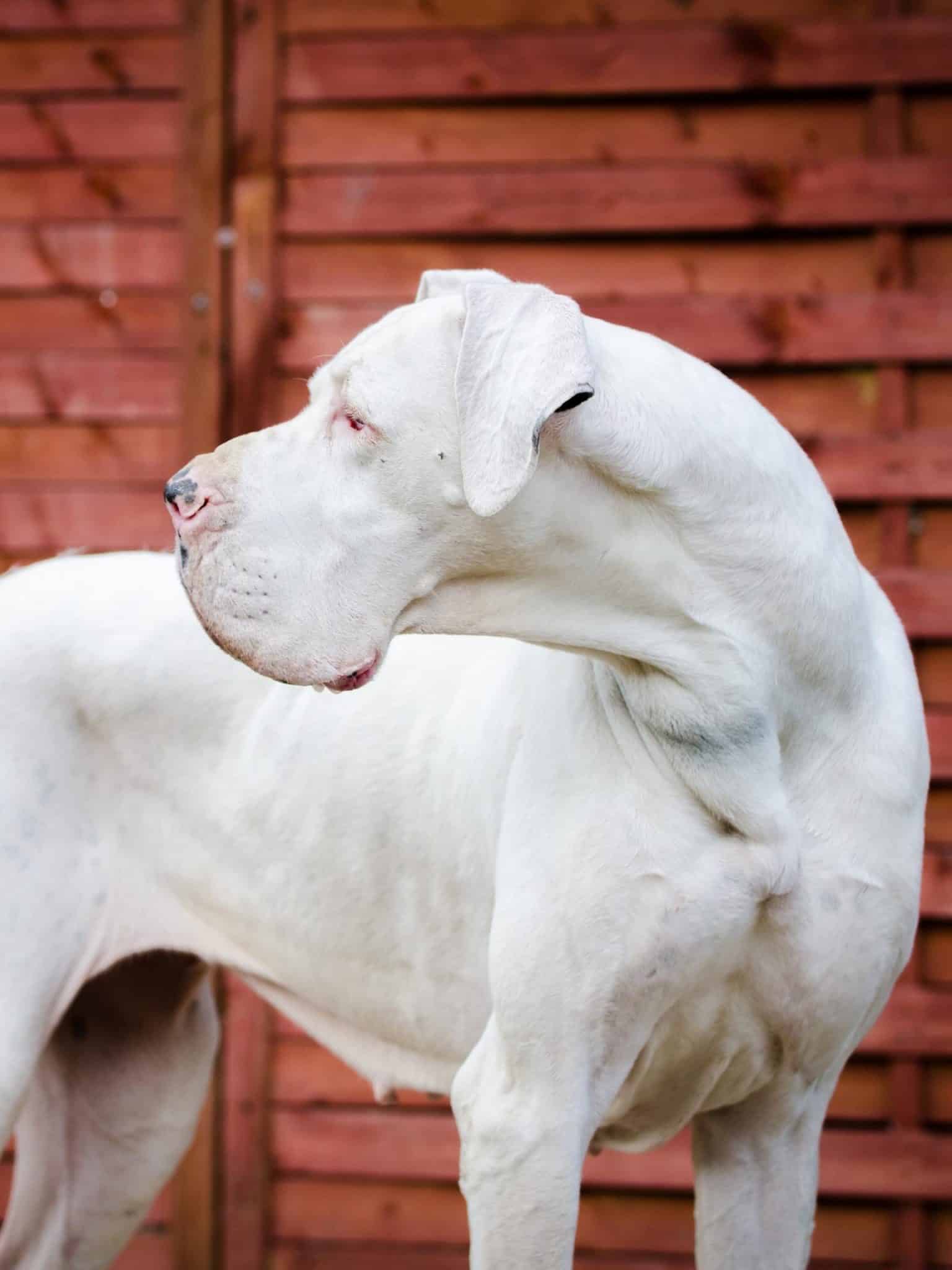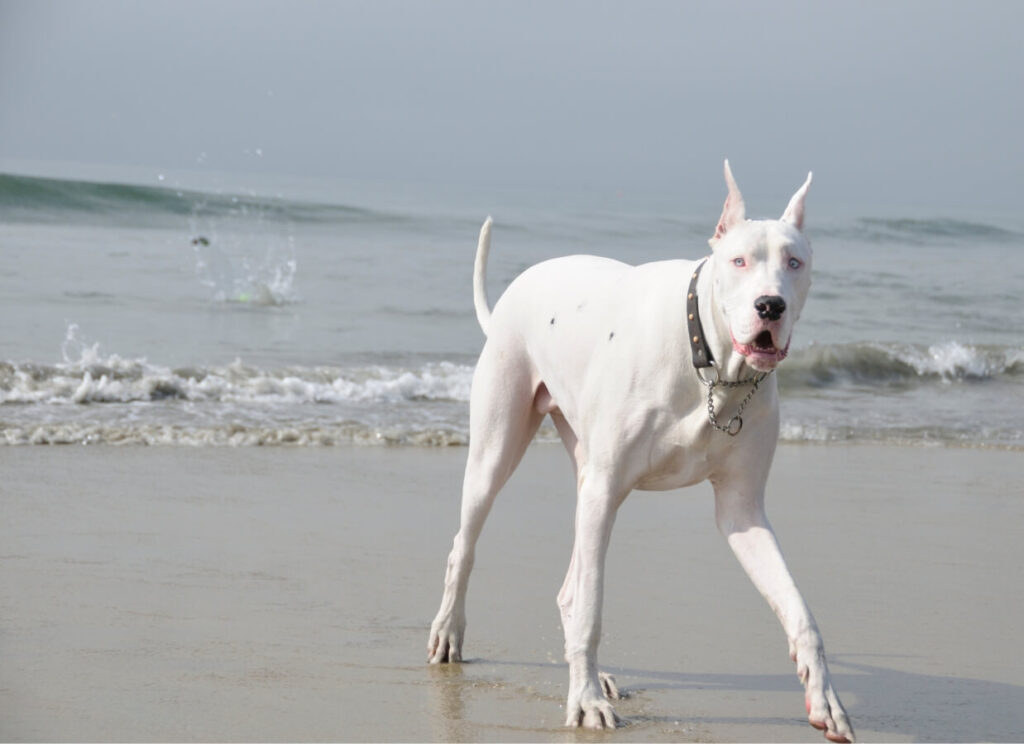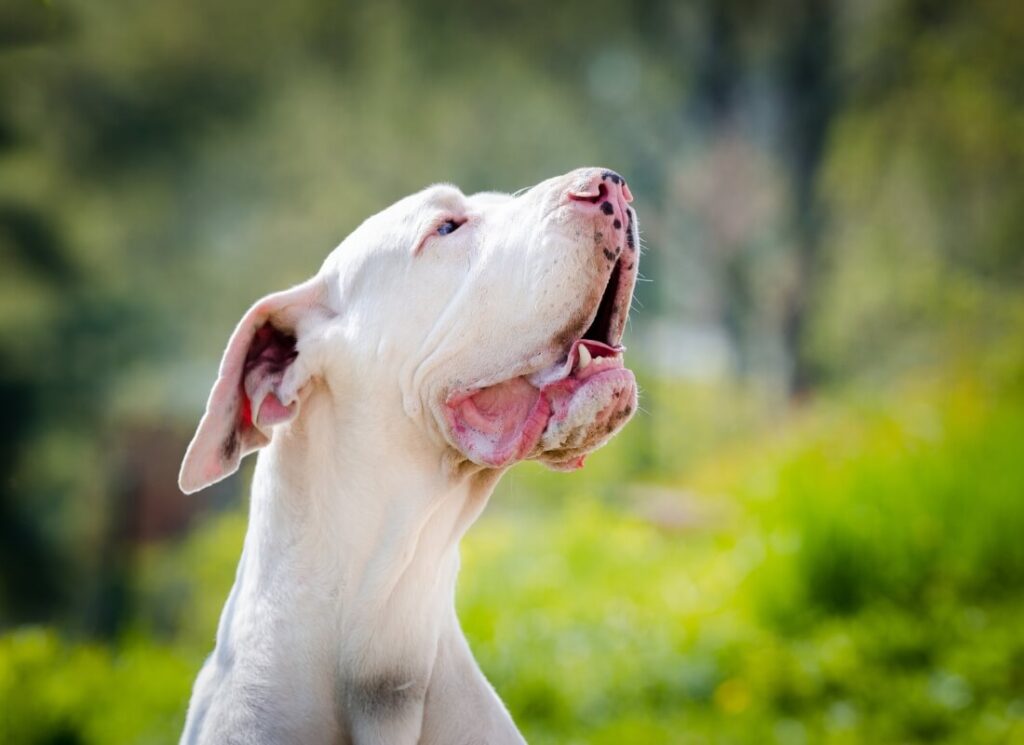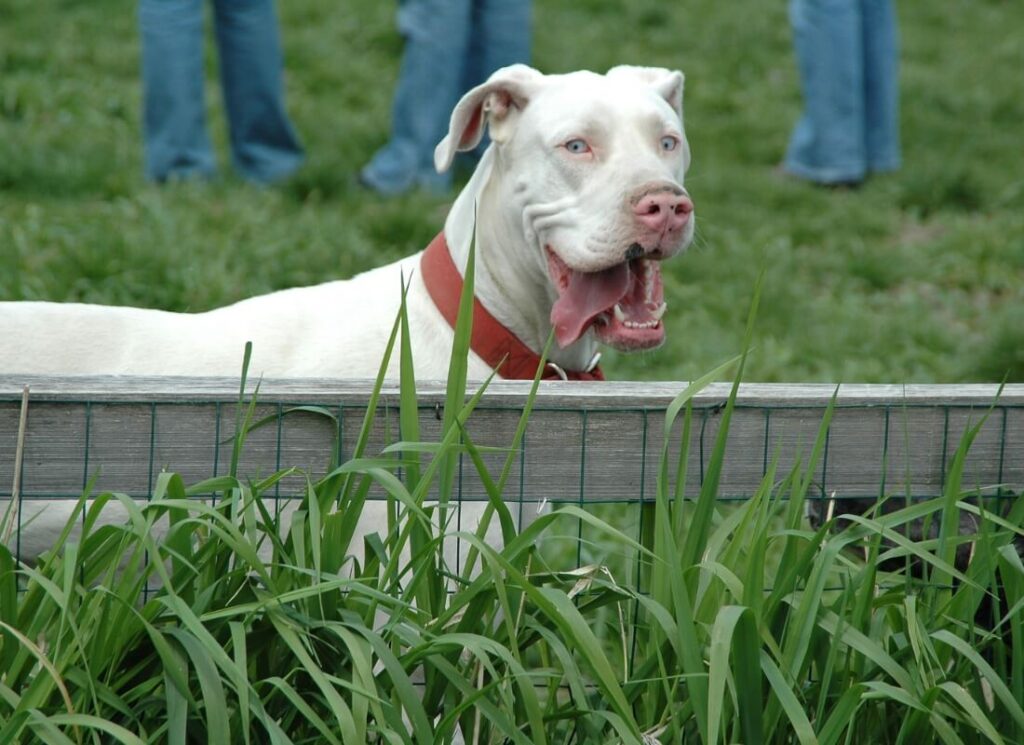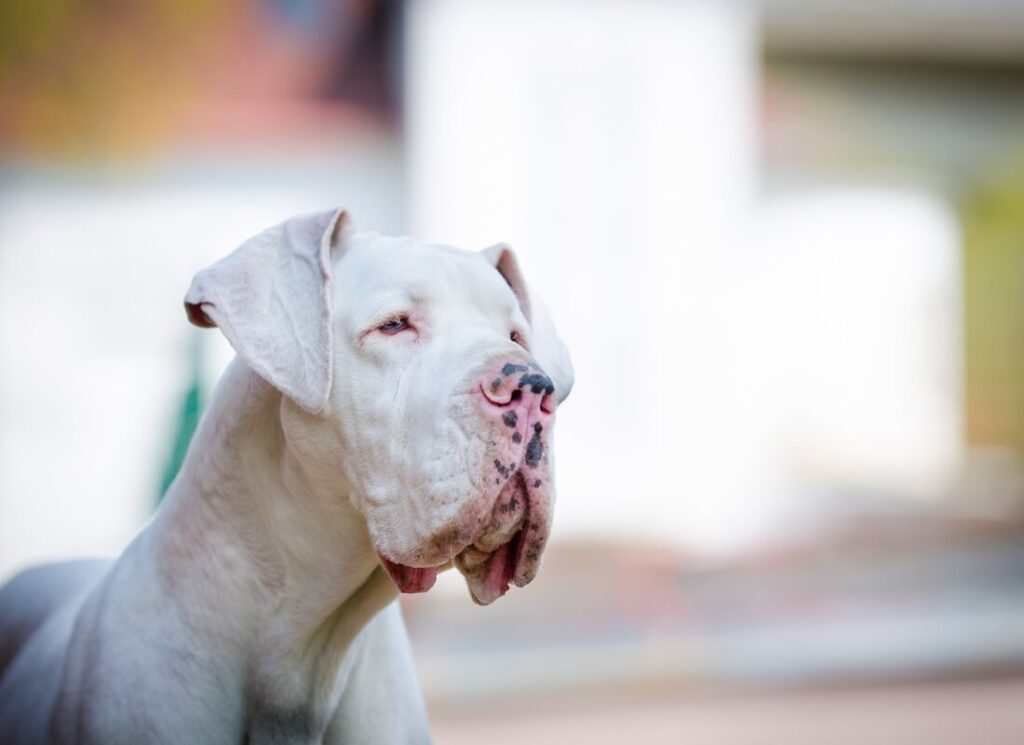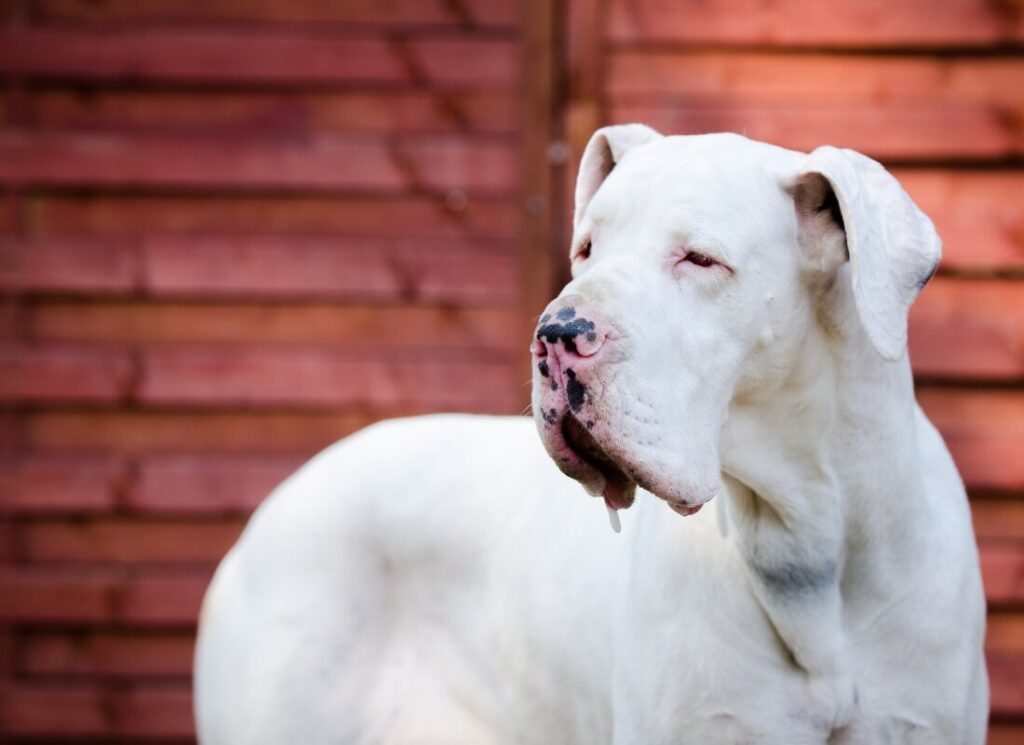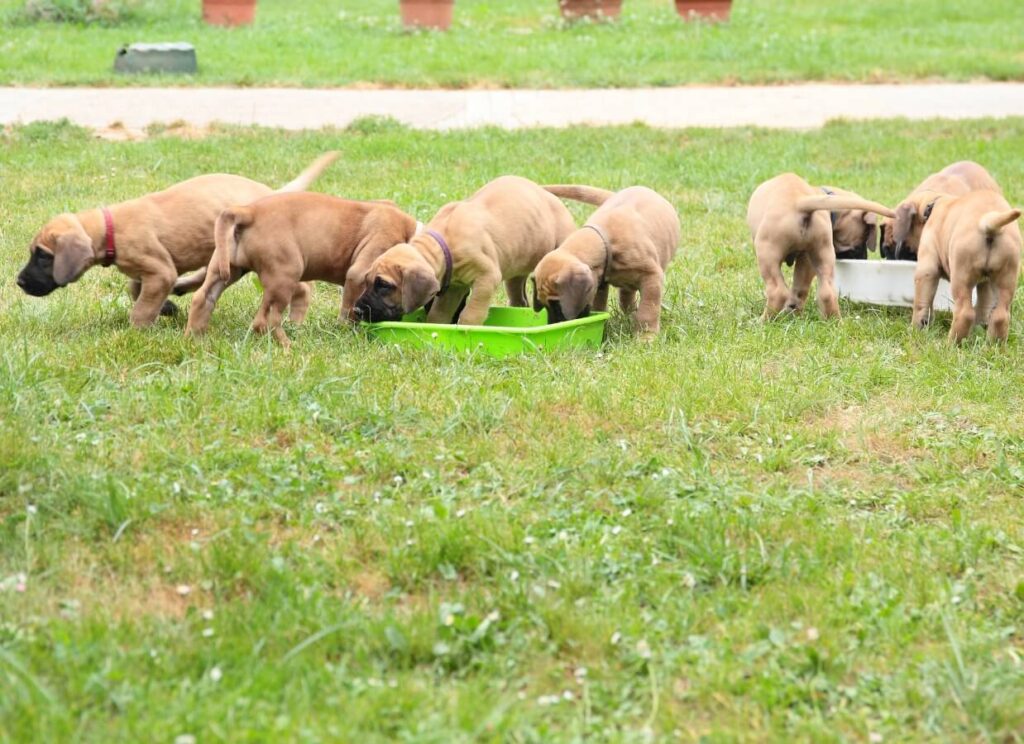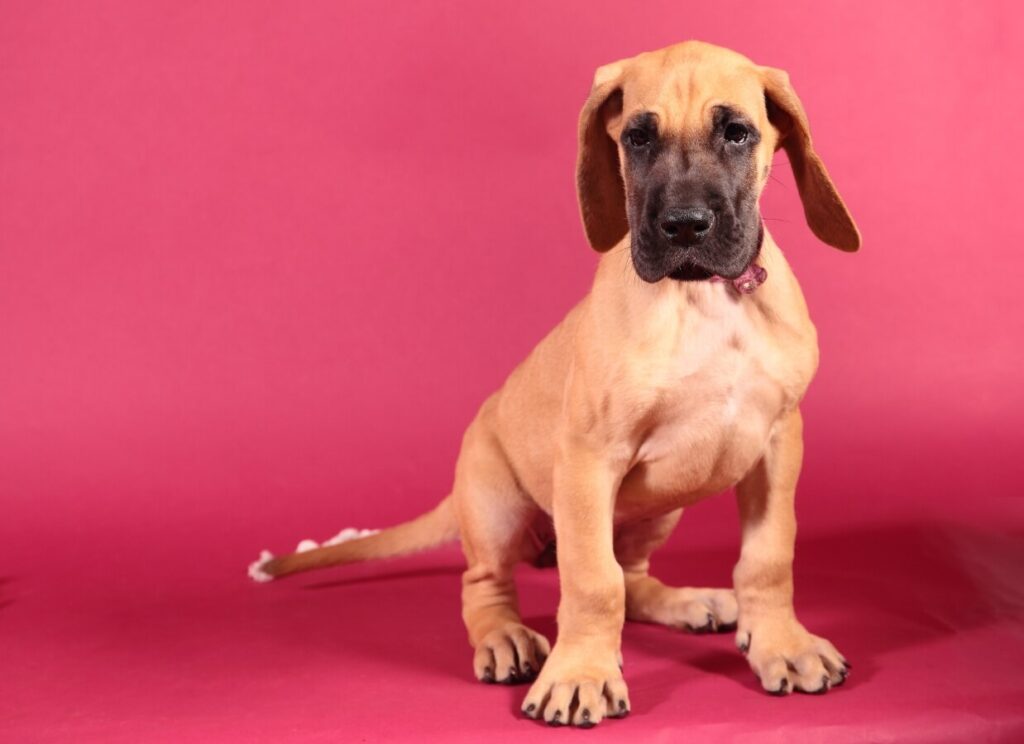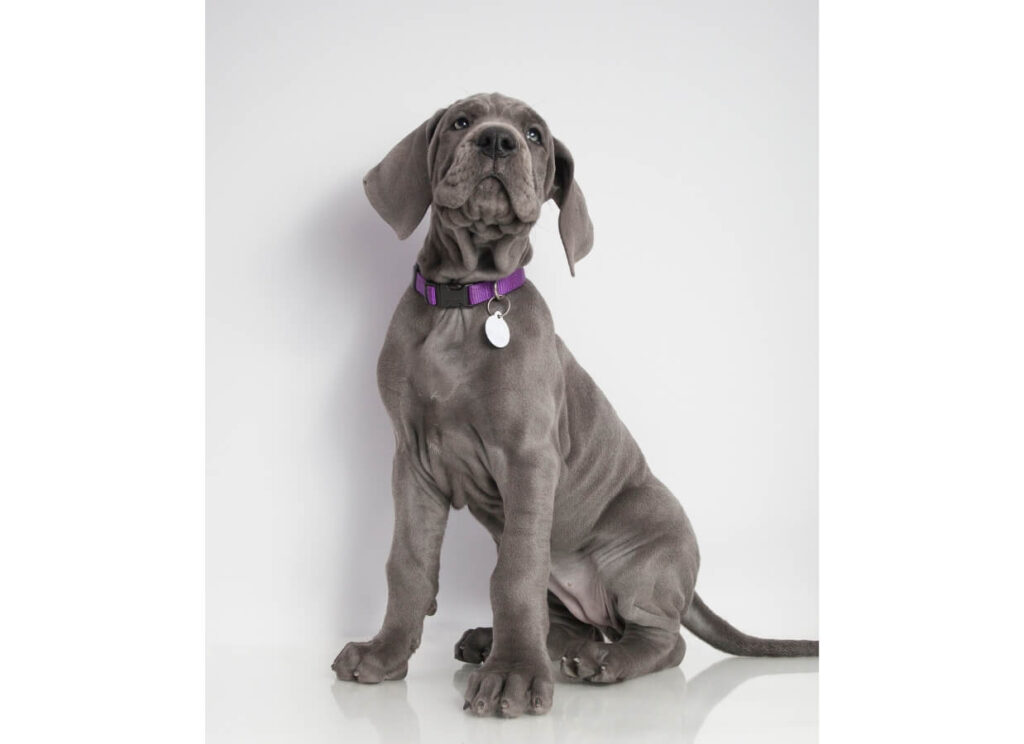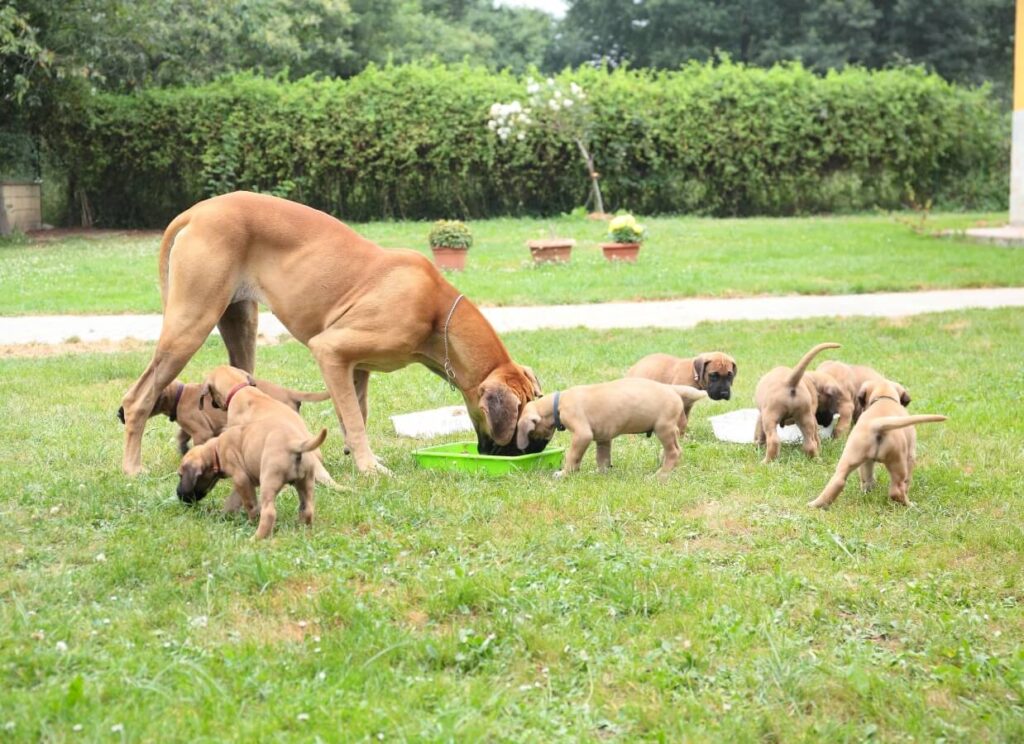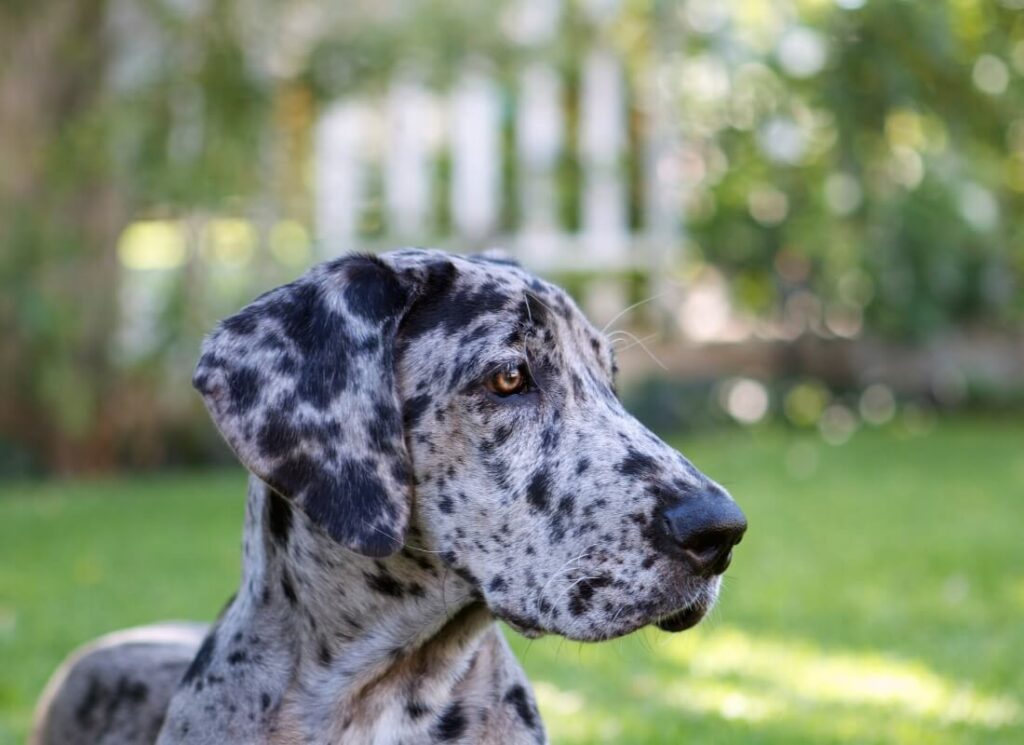What are the best training treats for Great Dane puppies?
I noticed this question is asked a LOT in the Great Dane community and thought a blog post was in order!
Great Dane puppies have special dietary needs, but they are also not a dog that you can just hope turns out with lazy parenting.
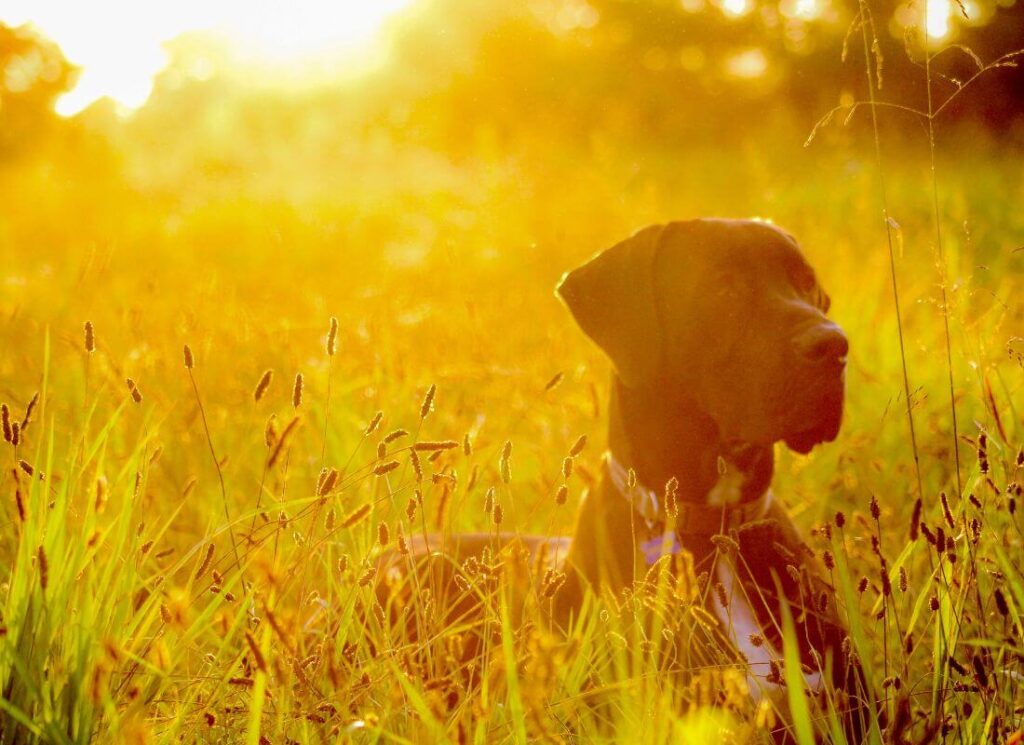
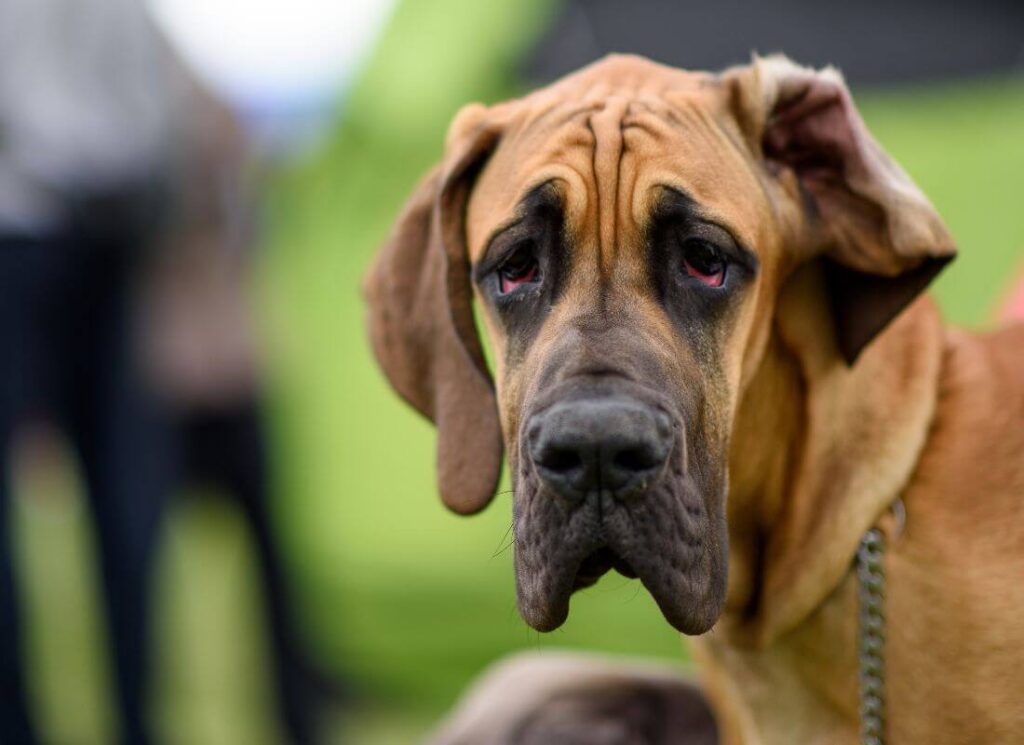
Why Do You Need Training Treats for Great Dane Puppies?
You have to train them. A lot. There is nothing worse than a 150lb dog that pulls, lunges, barks, steals and runs away!
Puppy Training: 5 Mistakes in Training
Great Dane Puppy Fear Stages
How to Stop a Great Dane from Jumping Up
Positive reinforcement (rewarding behavior that you like) is the most powerful form of training, and is a basic principle upon which all living creatures learn and survive.
We tend to do things more often when we are rewarded for them. Dogs are the same way.
Most dogs are highly motivated by food. From a biological perspective, this makes a lot of sense. Use food to your advantage when training, and gradually distance and eventually fade out the rewards over time.
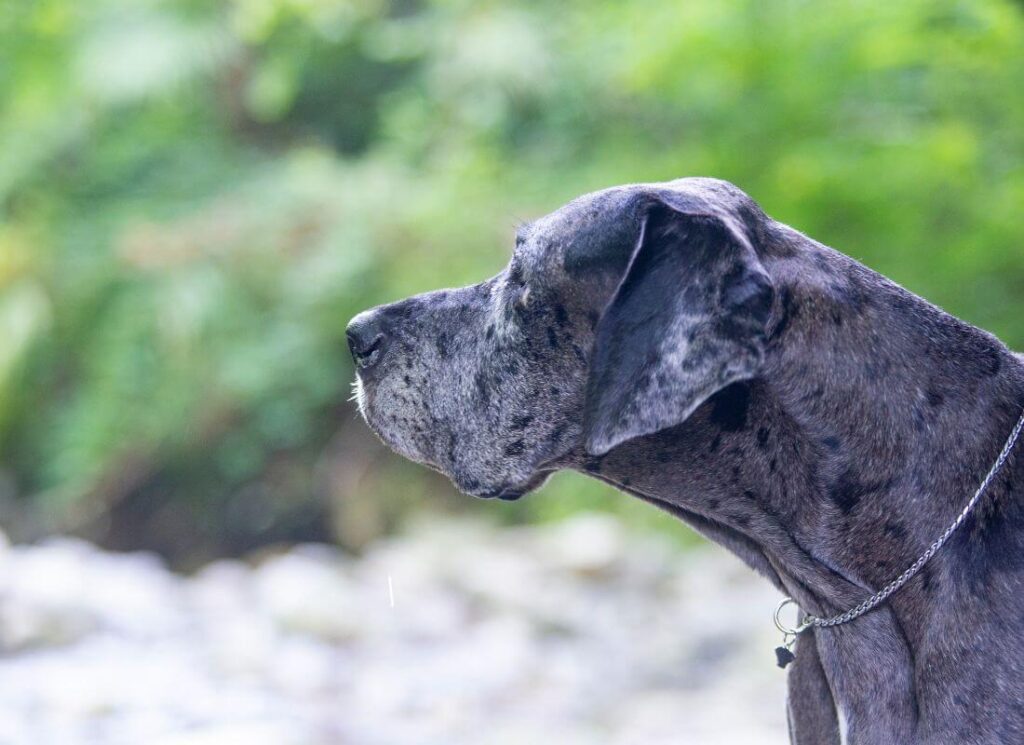
Treats for Puppies
Puppies especially need teeny, tiny bites.
I like to use pieces that are the size of my pinky nail or even smaller!
You do not need huge chunks of meat to teach with food; offering several rewards quickly is much more effective than a few big rewards spaced farther out.
By minimizing the size of each reward, you are also able to give more rewards in the same span of time, which is really handy for teaching difficult behaviors such as ‘STAY’ and ‘COME’.
Start with a high-rate of reward and as your dog understands the trick, space the rewards out.
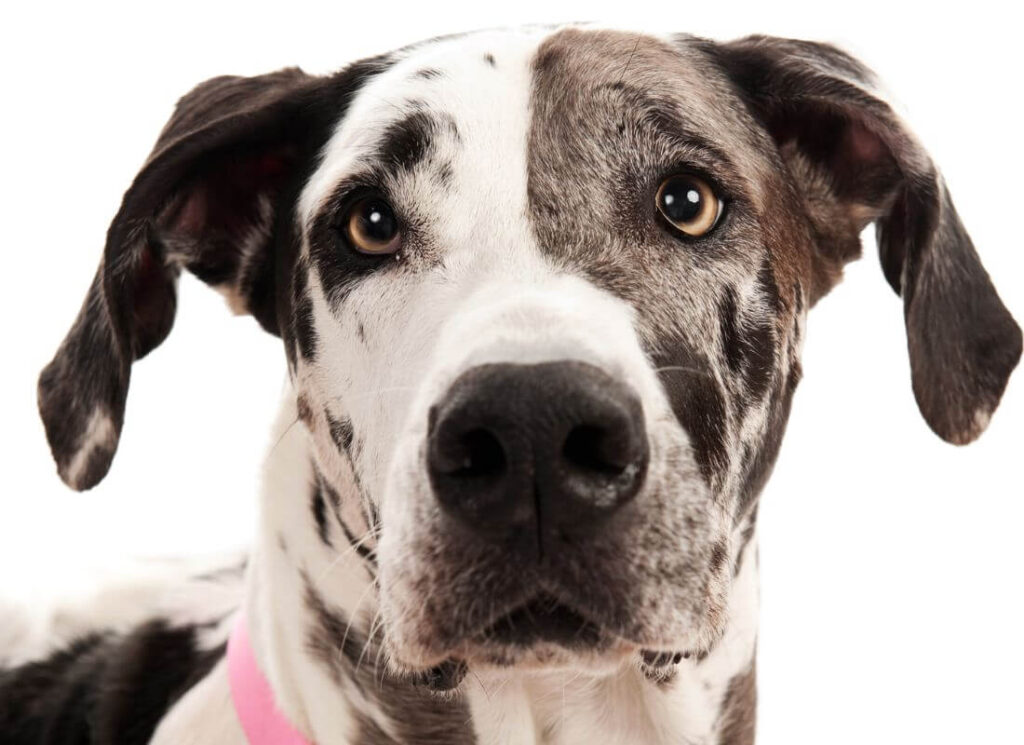
Lots of tiny bites quickly is much more effective for training than just a few large chunks! Break treats up into small pieces and have fun making your dog think he hit the jackpot!
Our Favorite Training Treats for Great Dane Puppies
- Ziwi Peak dog food is an air-dried natural food that is similar to jerky. Dogs love this stuff.
- Fresh chicken. Buy inexpensive boneless chicken. Boil it without salt & cut it up into tiny bites.
- Charlee Bear crunchy treats are inexpensive and tasty.
- Zuke’s mini natural are amazing and dogs go wild for them. I like to cut them in half so they go farther; these are rich, use sparingly.
- Frozen veggies: some dogs will go nuts for a basic blend of carrots, peas and green beans in tiny bites.
- Freeze-dried organ meats are fantastic when you really need to ‘get the point’ across. Use tiny bites sparingly.
Training has to be fun, otherwise why would either of you be interested? If you or your dog aren’t having fun, figure out why that is and fix it. The goal here is to reinforce correct behavior and build a bond based on trust, engagement and good habits.
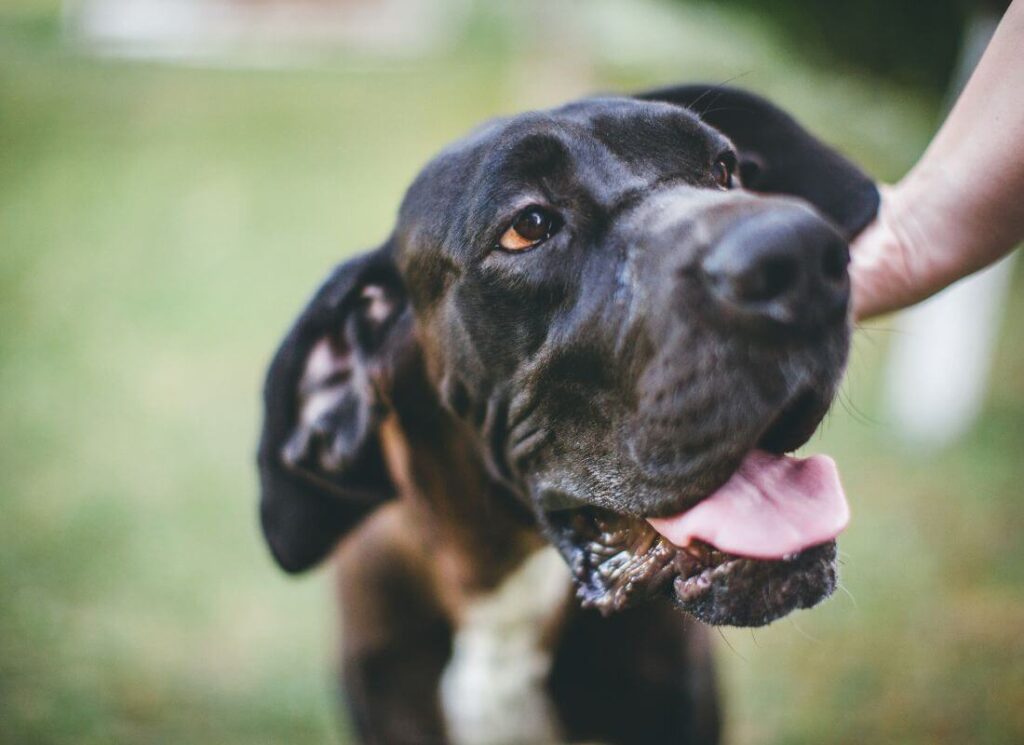
The best training treat is the one that your dog will work for. Some dogs are happy to work really hard for plain old kibble, others need more motivation. The more difficult the skill you want to teach, the more valuable the rewards need to be.
Some dogs are more motivated by access to toys or affection than they are by food. If training treats aren’t it, try rewarding your dog with a game of tug or with a ball toss instead.
Go Slow With Training a Great Dane Puppy
Your puppy can only learn so much in a day. Break training sessions up so they happen several times per day, only a few minutes at a time.
Lastly, make sure you aren’t using so many training treats that it replaces more than 10% of the diet.
Great Dane puppies are exceptionally sensitive to dietary and diet-based growth issues, so you need to make sure that most of the nutrition is coming from their actual food.
If you notice loose stools or excess gas, back off on the training treats! Try even smaller bites, or use a spoon coated in pumpkin to do a quick lesson in ‘heel’, where they walk in position and lick the spoon as the reward.
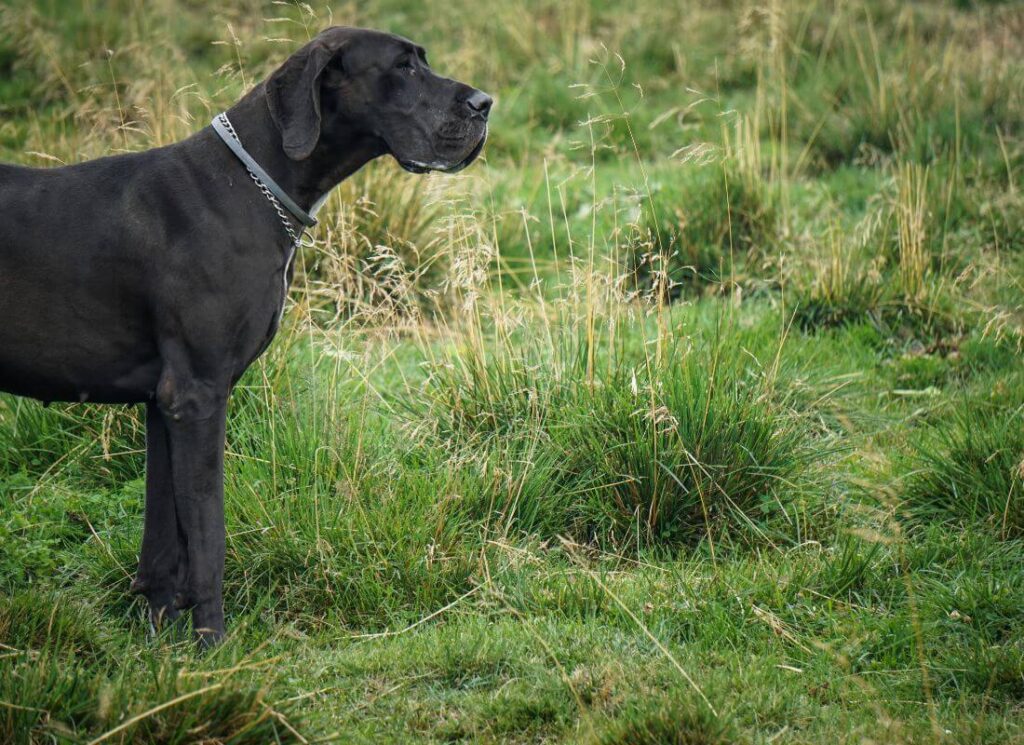
We recommend that ALL Great Danes, especially puppies receive a daily probiotic supplement. This can help keep the gut bacteria healthy which is great for eliminating gas and loose stools. Additionally, gut health and bloat seem to go hand-in-hand! Having a healthy gut may be a key factor in reducing bloat risk.
What is Bloat?
Can You Prevent Bloat?
Stomach Tacking: Pros and Cons
Bloat and Gut Health
The Scary Bloat Timeline
HAVE FUN TRAINING!
The information contained in this post is for informational purposes only. We do our best to present the most up-to-date research, however it is up to the reader to make decisions regarding the health and well-being of their dog. We make no claims here to prevent or treat bloat or any other condition related to Great Danes. Find a veterinarian with GIANT breed experience, and chat with them.
Some of the products we list on our website contain affiliate links. If you choose to make a purchase, we may receive a small commission for referring you. We only recommend products that we truly believe in. This commission does not affect the price of the product and is used to fund our content and expenses related to operating this website.
READ MORE:

